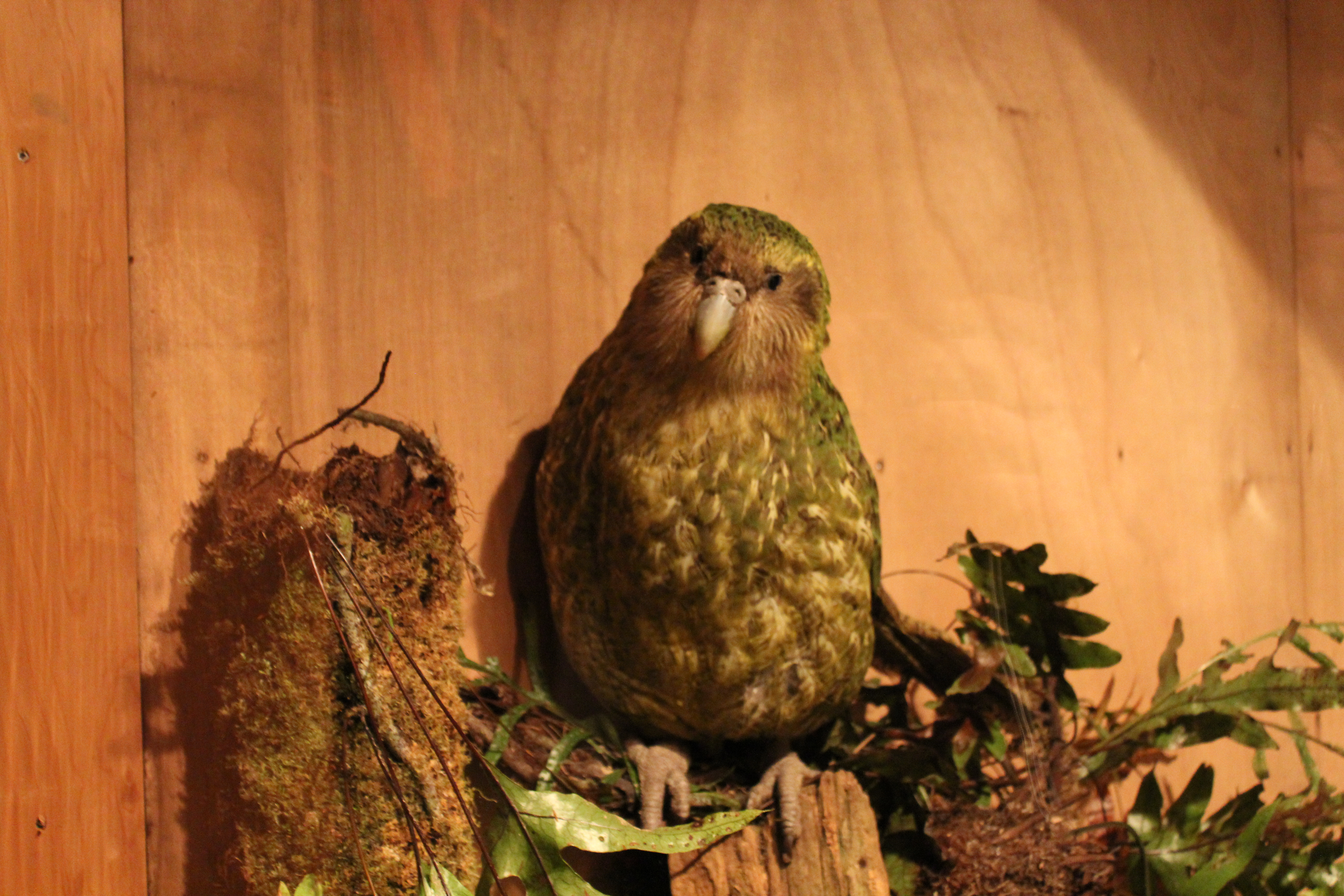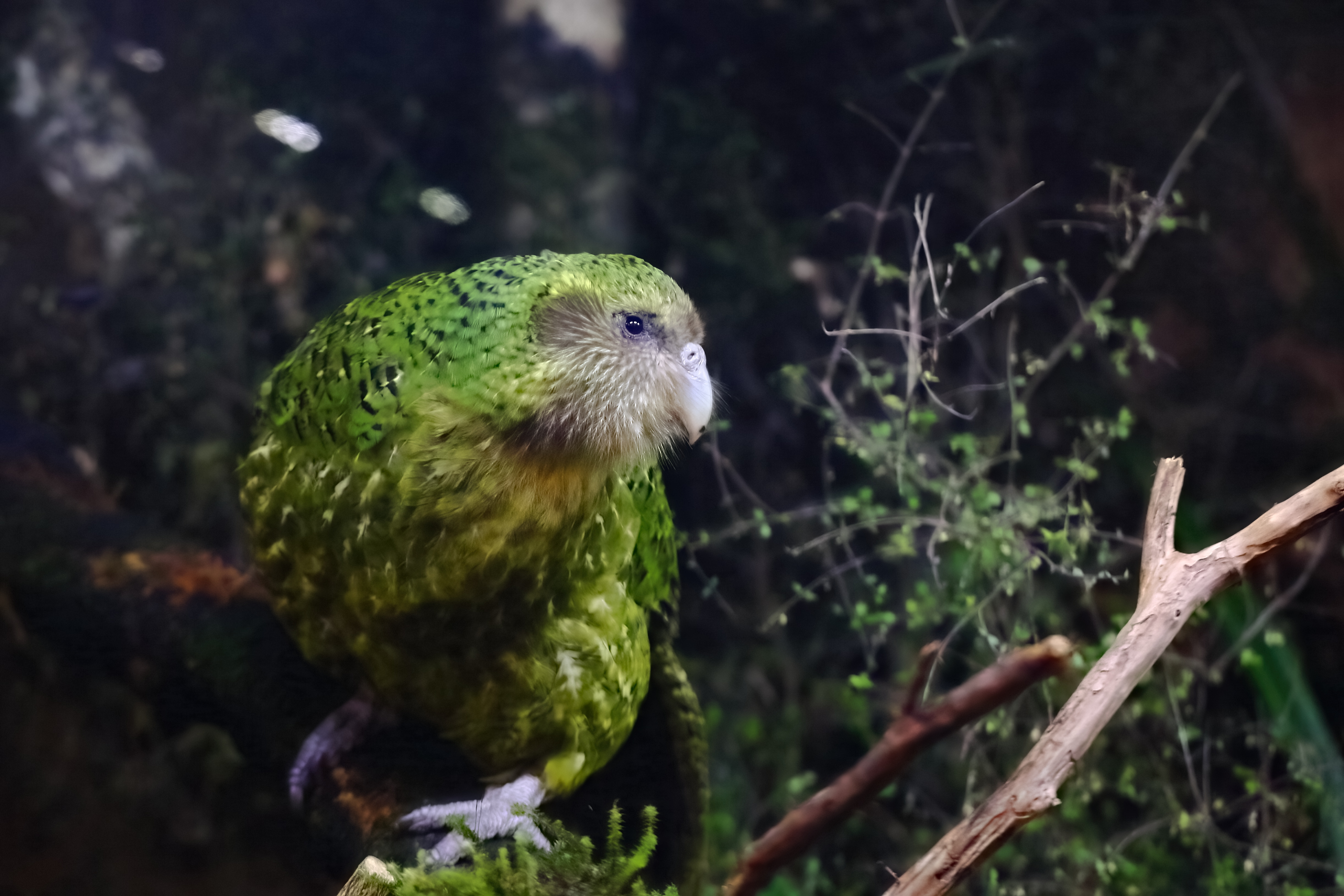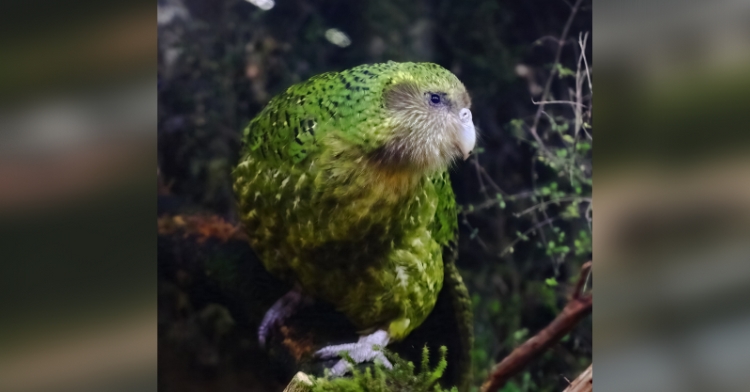Join us as we explore the fascinating world of the Kākāpō, a truly unique and remarkable creature found in the remote islands of New Zealand. Known as the Owl Parrot, the Kākāpō is not your typical parrot.
Videos by InspireMore
With its large size and brilliant green feathers, it stands out from the crowd. But that’s not all — this flightless parrot has some surprising features and characteristics that make it truly one-of-a-kind.

The Kākāpō holds the title for being the heaviest parrot in the world, weighing up to an impressive 9 pounds. Despite its weight, this bird is a strong climber, using its large feet and beak to navigate trunks and branches. With its owl-style forward-facing eyes, the Kākāpō has excellent nocturnal vision, making it one of the few nocturnal parrots in existence.
Not only is the Kākāpō heavy, but it’s also one of the longest-living birds, with a potential lifespan of up to 100 years!
Kākāpōs are not just known for their physical attributes, but also for their endearing and quirky personalities. These friendly and curious birds often display a lack of fear towards humans, making them a delight to interact with.
But perhaps one of the most interesting aspects of Kākāpōs is their distinct musty-sweet odor, which has been described as smelling like papaya or honey.

Unfortunately, the Kākāpō is critically endangered, with a shockingly low population of only 248 known individuals as of 2023. This decline was primarily due to hunting and the destruction of habitat. However, there is hope for the Kākāpō future. Thanks to highly specialized conservation efforts, these unique birds are slowly bouncing back.
Conservationists and organizations around the world are working tirelessly to save the Kākāpō from extinction. One of the primary focuses is protecting the birds from introduced predators, such as rats, cats, and stoats, which have decimated their populations in the past.
Efforts are also being made to restore and protect the Kākāpō natural habitat. By preserving the unique ecosystems where they thrive, we can provide a safe haven for these remarkable parrots to flourish.
Preserving this species is important because the Kākāpō diet plays a crucial role in shaping their ecosystem. By consuming certain seeds and spreading them through their droppings, they contribute to the growth and diversity of the forest.
One particular conservation program, known as the Kākāpō Recovery Program, has been instrumental in the breeding and reintroduction of these parrots into the wild. Through meticulous care and attention, they have managed to increase the population and give the Kākāpō a fighting chance for survival.
You can find the source of this story’s featured image here.
Want to be happier in just 5 minutes a day? Sign up for Morning Smile and join over 455,000+ people who start each day with good news.


